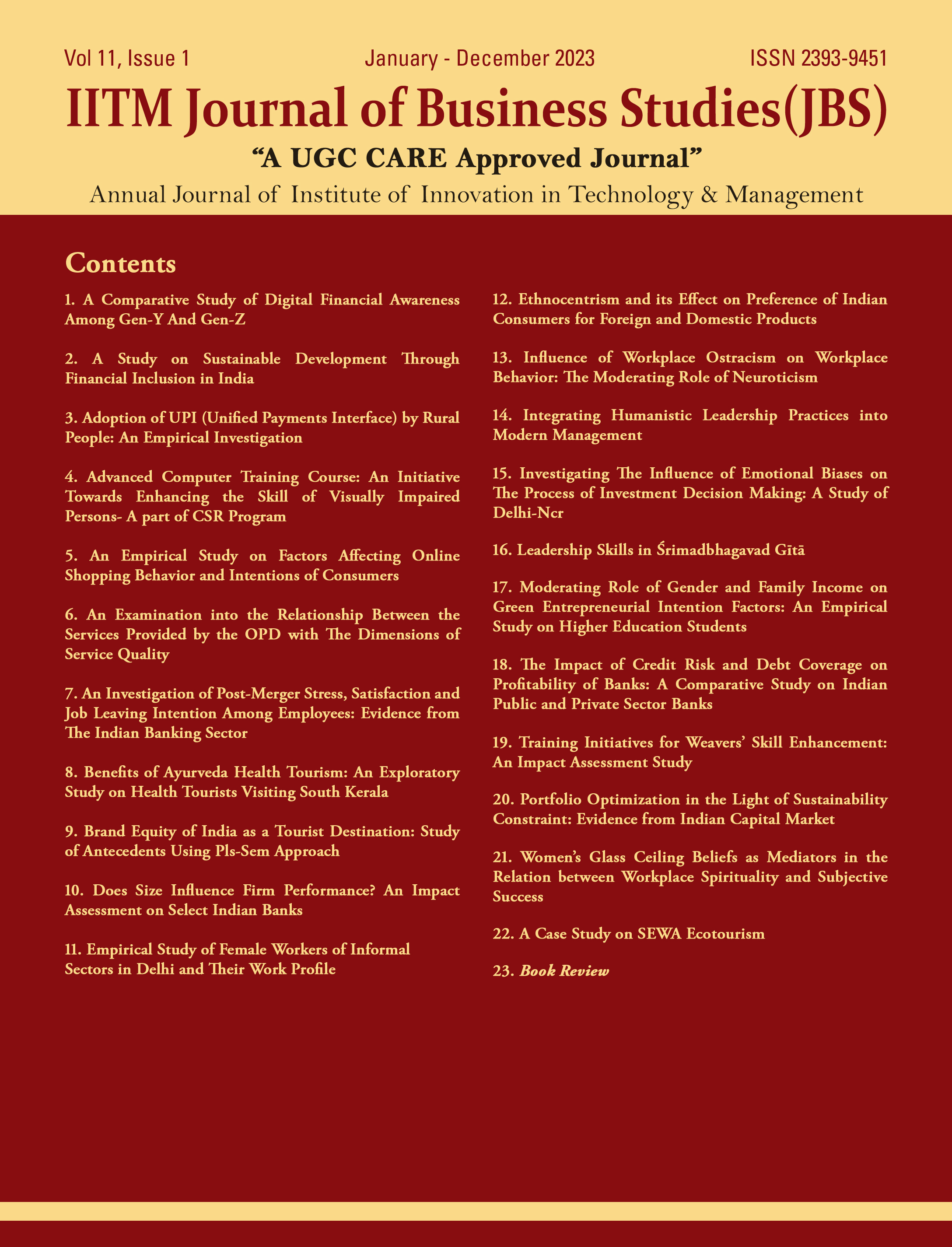STRATEGIC PLANNING IN FINANCIAL SECTORS OF TANZANIA
Keywords:
Financial Sectors, strategic planning, evaluation, monitoring, motivation, growth, Vision, Mission, TanzaniaAbstract
The basic purpose of this study was to evaluate the strategic planning practices by Financial Sectors and how owners and managers of these Financial Sectors play their roles in it in Tanzania. The other study objective was to ascertain if differences in strategic planning practices existed with respect to Strategic Planning in Tanzania’s Financial Sectors. The study discovered the main scopes of strategic planning are environmental scanning, mission and vision, implementation incentives, time horizon of strategic planning, evaluation and control, employee involvement in strategic planning, the structure of strategic planning as well as source of information concerning the environment. Consequently the study discovered that vision and mission, a formality of strategic planning and evaluation and control were the most valued factors. The study concluded that there is insignificant statistical difference among managers and owners in their positions during strategic planning process. The study offers various dimensions of strategic planning that Financial Sectors of Tanzania can implement to be competitive and sustainable.
References
Altamony, H., Tarhini, A., Al-Salti, Z., Gharaibeh, A. H., & Elyas, T. (2016). The Relationship between Change Management Strategy and Successful Enterprise Resource Planning ( ERP ) Implementations : A Theoretical Perspective. International Journal of Business Management and Economic Research, 7(4), 690–703. https://doi.org/10.3109/00016489.2011.603136
Baum, J. R., & Wally, S. (2003). Strategic decision speed and firm performance. Strategic Management Journal, 24(11), 1107–1129. https://doi.org/10.1002/smj.343
Ebner, D. (2014). Formal and informal strategic planning: The interdependency between organization, performance and strategic planning. Formal and Informal Strategic Planning: The Interdependency between Organization, Performance and Strategic Planning, (1978), 1–110. https://doi.org/10.1007/978-3-658- 04502-9
Flemming, P. (2014). a Review of Strategic Planning Models Developed Over the Past 50 Years, and Their Effectiveness in Public Sector Organizations, (May 2014). https://doi.org/10.13140/2.1.4314.7044 5. Jain, S. (2016). Financial sector reforms in India: Implications for banking and taxation. Vision: Journal of Indian Taxation, 3(1), 42-53.
Johnson, G., Melin, L., & Whittington, R. (2003). Micro Strategy and Strategizing: Towards an Activity‐ Based View. Journal of Management Studies, 40(1), 3-22, (January). https://doi.org/10.1111/1467-6486. t01-2-00002
Journal, M. (2018). Global , National and Resource-Based Strategies : An Examination of Strategic Choice and Performance in the Vehicle Components Industry Author ( s ): Christopher Carr Published by : Wiley Stable URL : https://www.jstor.org/stable/2486717 REFERENCES Linked, 14(7), 551–567. 8. Katunzi, T. M., & Qin, Z. (2010). Tanzanian Financial Sectors’ Perceptions towards Adoption of Supply Chain Management (SCM) Strategy. International Journal of Business & Management, 5(10), 42–50. Retrieved from https://search.ebscohost.com/login.aspx?direct=true&db=bth&AN=56104187&lang=es &site=bsi-live
Langley, A. (2007). Process thinking in strategic organization. Strategic Organization, 5(3), 271–282. https://doi.org/10.1177/1476127007079965
Majama, N. S., & Magang, T. I. ‘Teddy.’ (2017). Strategic Planning in Financial Sectors : A Case Study of Botswana Financial Sectors. Journal of Management and Strategy, 8(1), 74. https://doi.org/10.5430/ jms.v8n1p74
MIT (2004). Accessed at https://www.mit.go.tz/pages/value-chain-roadmap-for-pulses.pdf 12. Mori, G. T., Kazungu, I., Mchopa, A., & Box, M. P. O. (2014). Strategic Planning : A Management Contrivance for Effective Performance of Financial Sectors in Tanzania ? A Survey of Selected Financial Sectors in Ilala Municipality. European Journal of Business and Management, 6(39), 193–204. https:// doi.org/10.1111/scs.12158
Neumann, W. P., & Dul, J. (2005). Workshop Report: Ergonomics’ contributions to company strategies. Nordic Ergonomics Society (NES) - In 10th International conference on human aspects of advanced manufacturing: agility and hybrid automation (HAAMAHA 2005), San Diego, USA. 14. OECD. (2013). Overview of progress and policy challenges in Tanzania in OECD Investment Policy Reviews: Tanzania 2013. OECD Investment Policy Reviews: Tanzania 2013. https://doi. org/10.1787/9789264204348-en
Richard, P. J., Devinney, T. M., Yip, G. S., & Johnson, G. (2009). Measuring organizational performance: Towards methodological best practice. Journal of Management, 35(3), 718–804. https://doi. org/10.1177/0149206308330560
Salum, V. S., Gakure, R. W., & Othiambo, R. (2017). Impact of Stakeholders on Implementation of Strategic Plans in Tanzania’s Public Sector. Journal of Public Administration and Governance, 7(4), 294. https://doi.org/10.5296/jpag.v7i4.12255
Sandada, M. (2015). Strategic Planning Dimensions in Financial Sectors in South Africa: Their Relative Importance and Variations in Selected Demographic Variables. Ecoforum, 4(1), 59–68. 18. Smith, A. (2012). Strategic Planning And Management In Public And Private Sector Organizations In Europe : Comparative Analysis And Opportunities For Ieva Nartisa , Romans Putans , Tatjana Muravska, (6), 240–248. European integration studies, (6).
Tanzania Financial Sectors policy (2004): accessed at https://epub.uni-bayreuth.de/2913/1/PhD Dissertation-Publication-2.pdf
Whittington, R. (2006). Completing the practice turn in strategy research. Organization Studies, 27(5), 613–634. https://doi.org/10.1177/0170840606064101
